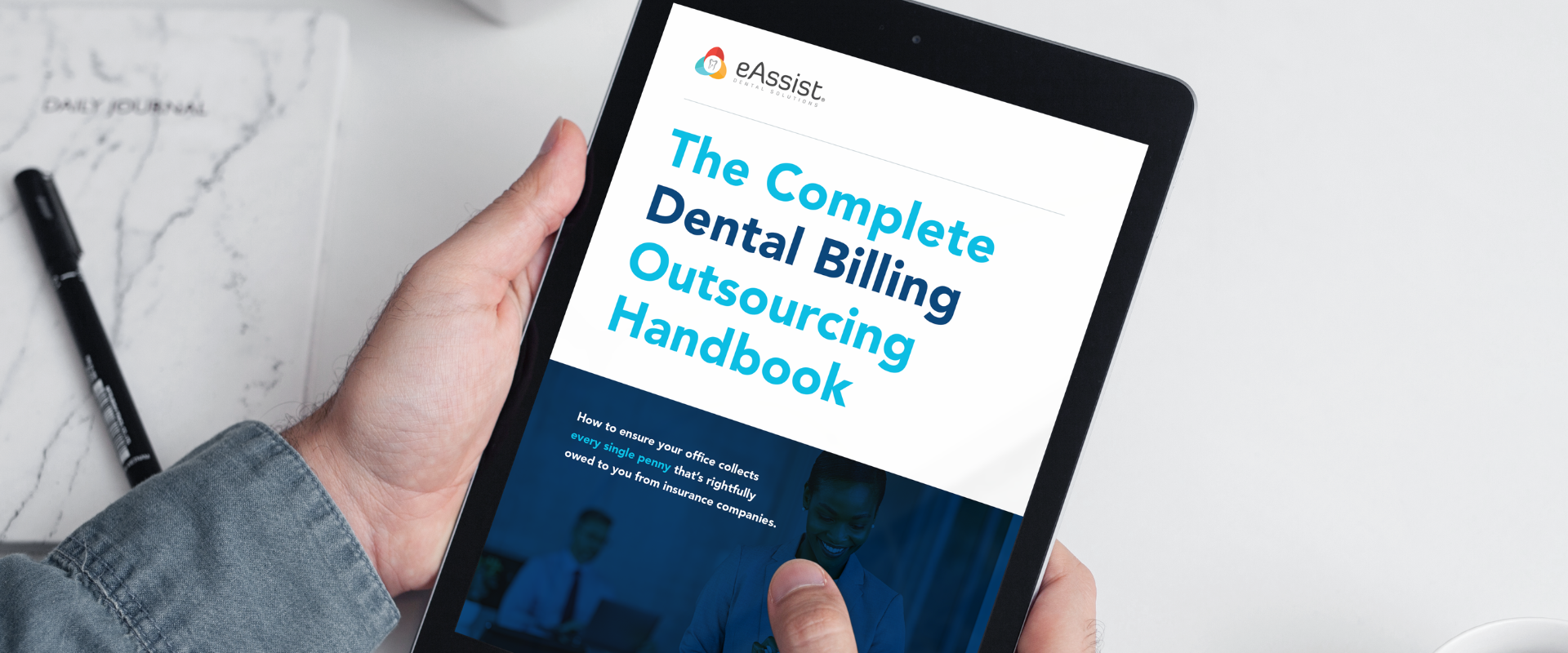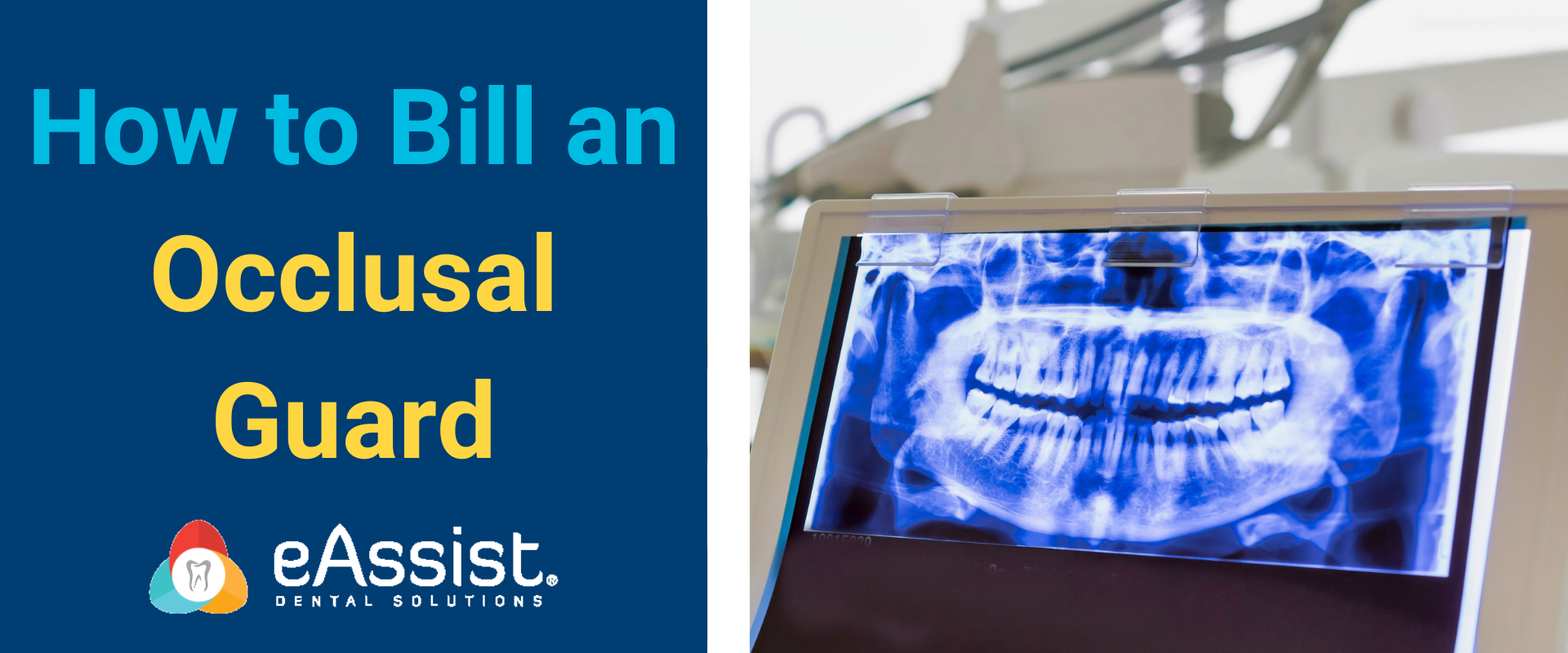Insurance denials are frustrating, especially when they are the result of a claim that was billed incorrectly. Incorrect claims directly contribute to increased A/R in dental practice. With a little practice, they can be avoided. Here are eight ways to avoid incorrect claims.
1) Verify your patient’s information before starting treatment
Claims may be denied due to “patient not found” or “patient’s name and date of birth do not match our records.” That’s why it’s so important to make sure your patient information is correct. Make sure their name is spelled correctly, their correct date of birth is on file and their address is updated. Pay special attention to a patient with a nickname and double-check whether it or their given name is on file with the insurance. Also, if the patient is recently married or divorced, check if they’ve updated their last name with their insurance.
2) Make sure your patient’s insurance coverage is up to date
Many claims are denied because coverage has been termed with the insurance carrier. Often, this is because the claim was submitted under an outdated plan. These denials can be avoided by verifying your patient’s insurance coverage every time they come in. Ask the patient if it has been updated, and contact their carrier to confirm. Finding out if a plan is termed before billing a claim will give you plenty of time to obtain new insurance info and avoid an incorrect claim. If you are struggling with insurance verification, consider partnering with eAssist and our Success Consultants can handle it for you.
3) Assign HMO patients to the office
HMO plans require patients to be assigned to a specific office. Make sure your patient has been assigned to yours before billing a claim. As frustrating as it can be to receive a denial for “patient not assigned to the office,” it can also hurt your bottom line as most carriers won’t backdate an assignment. When this is confirmed ahead of time you can avoid billing an incorrect claim.
4) Bill primary and secondary coverage in the correct order
Many patients have dual insurance. It’s important to bill them in the correct order. Once a claim is billed in the wrong order, it can be a headache to try and fix it. Many circumstances can determine correct primary and secondary coverage. These circumstances include:
- When the patient is the subscriber for both plans, the one with the earliest effective date is primary.
- When the patient is the subscriber on one plan and the dependent on the other, the one they’re a subscriber on is primary.
- When they are a minor in a two-parent household, the birthday rule applies (the parent with the earlier birthday month is primary).
- When they are a minor with parents in separate households, it can get complicated. You will need their parents to confirm some information, such as custody agreements and school records, to determine the correct primary and secondary coverage.
5) Submit a completed ADA claim form
All dental insurance claims must be billed with the current ADA claim form. Make sure it’s filled out completely and accurately. Review every field and verify all the patient and doctor information is accurate. Confirm the correct procedures and CDT codes are listed. Use the comment field to include any additional information, such as narratives or notifications of attachments. Take note that the ADA is releasing a new claim form effective January 1, 2024, and make sure to use it from then on.

6) Use the correct CDT codes
With over 800 CDT codes available it’s easy to bill an inaccurate code. Inaccurate codes lead to incorrect claims. Review the chart notes, x-rays, and doctor’s narrative, and make sure the code billed matches the treatment completed. Pay special attention to codes that are easily mixed up, such as adult and child prophy and upper and lower dentures. If you are struggling with dental codes, consider purchasing Dental Coding with Confidence from Practice Booster. It’s a comprehensive guide to CDT codes and has just been updated for 2024.
7) Attach the proper documentation
Many claims are denied for lack of proper documentation. Make sure all documentation that’s needed is attached to the claim. Always include clear, diagnostic x-rays of the treated area and a detailed, supporting narrative. If the patient has an HMO plan, and they are receiving specialty treatment, don’t forget the referral form. If the patient is having periodontal treatment, always include the perio chart.
8) Be aware of timely filing limits
Each insurance carrier has a specific filing limit. Some are as low as 30 days. Make note of each carrier’s limit, and submit the claim within the correct time frame. It’s best practice to bill claims daily to ensure that a filing limit is never missed.
These eight suggestions will help you avoid incorrect claims. In a busy office, it’s not always easy to put them to use. If you’re struggling with the time to do so, consider outsourcing your dental billing. When you partner with eAssist, our Success Consultants will ensure your claims are billed correctly every time. To find out more, complete the form below.









0 Comments